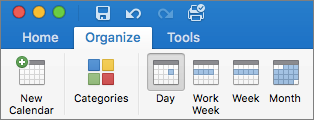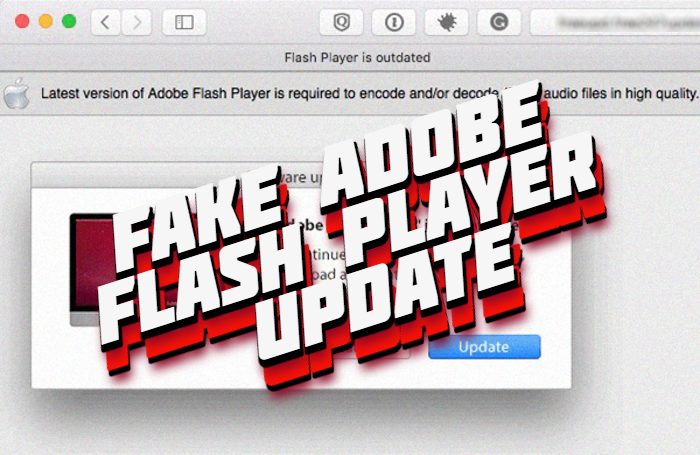
Confirnation Delete Outlook For Mac Disable
Before emptying the cache, you may want to ensure that your Outlook information is backed up. Make sure that your computer is connected to the Exchange server. In the navigation pane, Ctrl+click or right-click the Exchange folder for which you want to empty the cache, and then click Properties.
How to disable permanently deleting confirmation in Outlook?
By default, when we delete an email message permanently with pressing the Shift + Delete keys simultaneously, it will pop up a permanently delete confirmation shown as following screen shot. Some Outlook users may think it annoyed and want to disable the warning dialog box. In this article, I will introduce the ways about how to disable the permanently deleting confirmation in Outlook easily.
- Auto CC/BCC by rules when sending email; Auto Forward Multiple Emails by rules; Auto Reply without exchange server, and more automatic features..
- BCC Warning - show message when you try to reply all if your mail address is in the BCC list; Remind When Missing Attachments, and more remind features..
- Reply (All) With All Attachments in the mail conversation; Reply Many Emails at once; Auto Add Greeting when reply; Auto Add Date&Time into subject..
- Attachment Tools: Auto Detach, Compress All, Rename All, Auto Save All.. Quick Report, Count Selected Mails, Remove Duplicate Mails and Contacts..
- More than 100 advanced features will solve most of your problems in Outlook 2010-2019 and 365. Full features 60-day free trial.
Disable permanently deleting confirmation in Outlook 2010 and 2013
If you are using Microsoft Outlook 2010 and 2013, you can follow this way to disable the permanently deleting confirmation quickly.
Step 1: Click the File > Options.
Step 2: In Outlook Options dialog box, click the Advanced in the left bar, go to the Other section, and uncheck the option of Prompt for confirmation before permanently deleting items. See screen shot below:
Step 3: Click the OK button to close this dialog box.
From now on, the permanently deleting confirmation dialog box won’t come out when you permanently delete any item from Microsoft Outlook 2010 and 2013.
Disable permanently deleting confirmation in Outlook 2007
In Outlook 2007, you can disable the permanently deleting confirmation with following steps:
Step 1: Click the Tools > Options.
Step 2: In the Options dialog box, click the Advanced Options button on the Other tab.
Step 3: In the coming Advanced Options dialog box, uncheck the option of Warn before permanently deleting items.
Step 4: Click both OK buttons to close two dialog boxes.
Related Article
Kutools for Outlook - Brings 100 Advanced Features to Outlook, and Make Work Much Easier!
- Auto CC/BCC by rules when sending email; Auto Forward Multiple Emails by custom; Auto Reply without exchange server, and more automatic features..
- BCC Warning - show message when you try to reply all if your mail address is in the BCC list; Remind When Missing Attachments, and more remind features..
- Reply (All) With All Attachments in the mail conversation; Reply Many Emails in seconds; Auto Add Greeting when reply; Add Date into subject..
- Attachment Tools: Manage All Attachments in All Mails, Auto Detach, Compress All, Rename All, Save All.. Quick Report, Count Selected Mails..
- Powerful Junk Emails by custom; Remove Duplicate Mails and Contacts.. Enable you to do smarter, faster and better in Outlook.
or post as a guest, but your post won't be published automatically.
- To post as a guest, your comment is unpublished.don't have those options. Not an answer that works.
- To post as a guest, your comment is unpublished.Thank you. I've always wanted to eliminate the permanently delete an item confirmation, but never knew how to change it. Great tip.
- To post as a guest, your comment is unpublished.Can you please tell me how to turn this off. I've found several topics on how to turn off dialog boxes when deleting items in folders but not the folder itself. For example when I want to delete a folder I get a message like 'Move 'folderxxxx' to your Deleted Items folder. Once I move it and delete it I get asked again. Can you please tell me how to turns these off!
Thanks,
John - To post as a guest, your comment is unpublished.Suppressing the confirmation prompt works fine for Shift-Delete, but in Outlook 2013 there is a Permanently Delete command that can be set as a Quick Step, and - so far as I can see - the confirmation prompt suppression check box has no effect on it.
Clicking the Quick Step 'Permanently Delete' still comes up with a confirmation prompt, while no such prompt comes when using Shift-Delete.
Any suggestions as to how to get rid of the prompt altogether?

Summary
This article describes some useful tools for Microsoft Outlook for Mac.
More information
Outlook Search Repair
The Outlook Search Repair tool repairs search results within Outlook.
How to install mac os x on dell xps l502x. Important
Due to some changes in macOS Mojave, this tool no longer works in 10.14 and higher. If you are on macOS Mojave (10.14), you can follow the steps below to reindex Spotlight for Outlook for Mac.
Choose Apple menu, then System Preferences, and then Spotlight.
Select the Privacy tab.
In Finder:
On the Go menu, select Go to Folder..
Copy and paste the following location into the 'Go to the folder:' dialog box and select Go:
~/Library/Group Containers/UBF8T346G9.Office/Outlook/Outlook 15 Profiles/
Drag the 'Main Profile' folder to the Privacy tab. Once added, remove the folder, and Spotlight will re-index the folder.
You must perform this step for any additional profile folders you have.
See the following article from Apple to learn more: How to rebuild the Spotlight index on your Mac.
When to use the tool
Use this tool if search results within Outlook show nothing or return older items only. For example, if you search for an email message that you already have open and that message isn't displayed in the search results.
How to use the tool
Download and open the Outlook Search Repair tool.
Follow the instructions.
Note The tool searches for duplicate installations of Outlook. If no duplicates are detected, go to step 3. If duplicates are detected, remove the duplicate Outlook installations, and then restart the system. After your system is restarted, the Outlook Search Repair tool may reopen. If it does reopen, exit and restart the tool.
Select Reindex.
Note The Outlook Search Repair tool displays a 'Reindexing, please wait' message while it works. Wait for this process to finish. This may require an hour or more, depending on the size of your Outlook profile. Outlook doesn't have to be open when the repair occurs. A spotlight search will be slower and may not finish while the index is being repaired.
Exit the Outlook Search Repair tool when you receive the following message after the repair is completed:
World of final fantasy vita download. Done! Reindexing has completed!
OutlookResetPreferences
The Outlook Reset Preferences tool resets all Outlook preferences to their default settings.
When to use the tool
Use this tool to reset any customizations that you've made to Outlook by using the Preferences option on the Outlook menu. This tool also stores the settings for the Outlook window size and position. This tool shouldn't be needed most of the time. But it can be useful.
Note The Outlook Preferences file doesn't contain all the preferences for the application. Also, resetting Outlook preferences doesn't remove email messages or account settings.
How to use the tool
- Download and open the Outlook Reset Preferences tool.
- Click the Reset Now! button. This closes Outlook if it's open, and then resets the preferences to their default settings.
- Exit the Outlook Reset Preferences tool.
SetDefaultMailApp
The Default Mail Application tool lets you easily make Outlook the default mail application.
When to use the tool
Use this tool if you want Outlook to open a new email message when you click a mailto: link in an email message or on a website. Selecting a mailto: link opens the default email application. Outlook isn't the default email application until you change that setting.
How to use the tool
- Download and open the Default Mail Application tool.
- In the Default Mail Application dialog box, select com.microsoft.outlook, and then click Make Default.
- Exit the Default Mail Application tool.
ResetRecentAddresses
The Reset Recent Addresses tool lets you reset recent addresses that Outlook stores. This tool deletes all recent addresses instead of you having to manually delete addresses one at a time.
When to use the tool
When you compose an email message and add people on the To, Cc, or Bcc line, Outlook suggests names as you type characters. The list of names that Outlook uses is a combination of stored contacts, the company directory, and recent contacts. Recent contacts have an 'X' character next to each name. Without this tool, you have to click the 'X' on each contact to remove that contact from the Recent Address List. The Reset Recent Addresses tool cleans out all recent addresses at the same time.
How to use the tool
- Download and open the ResetRecentAddresses tool.
- Click the Reset Now! button.
- Exit the Reset Outlook Recent Addresses tool.